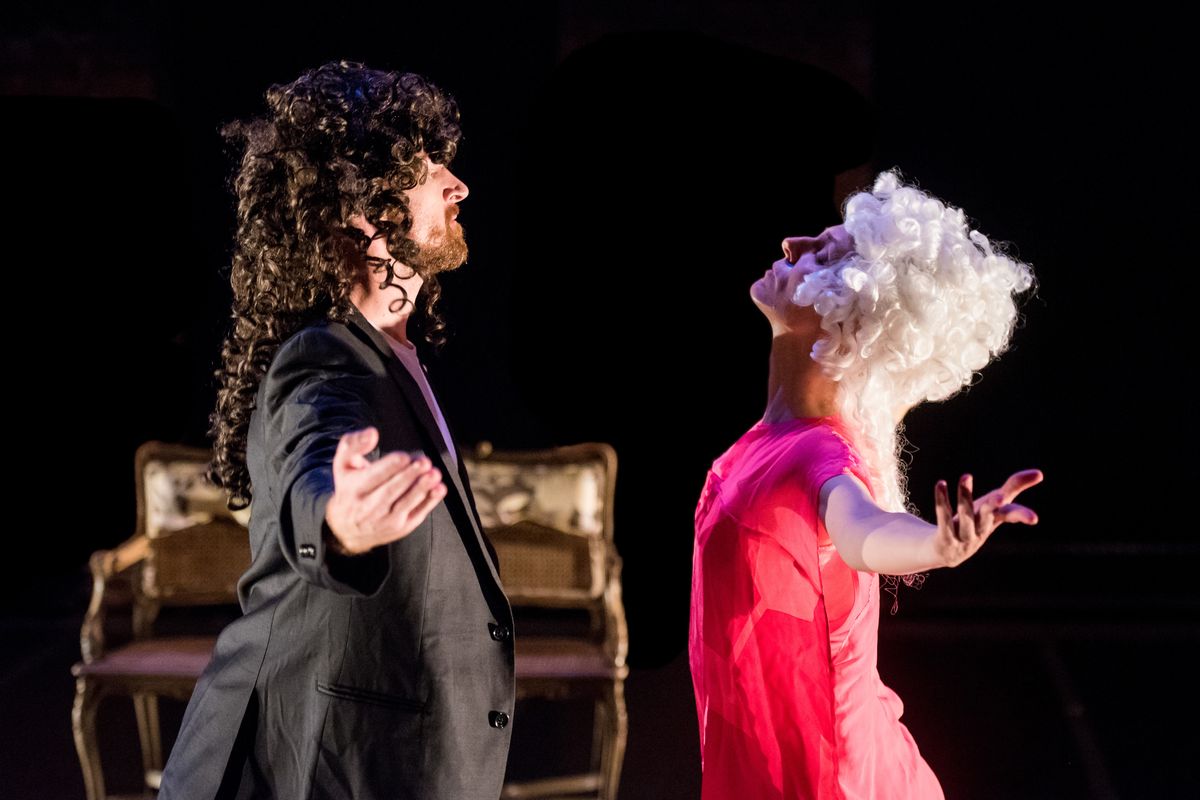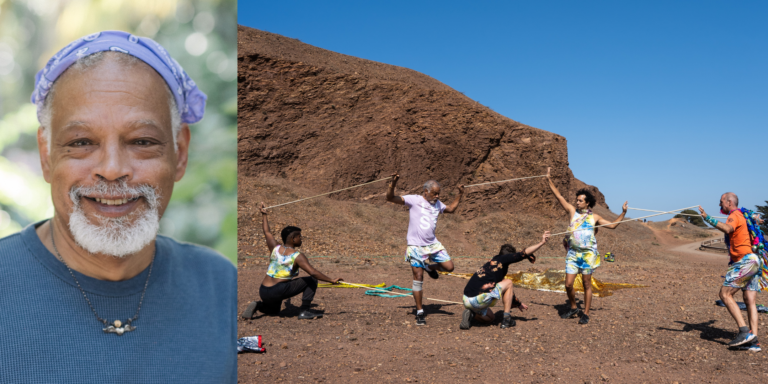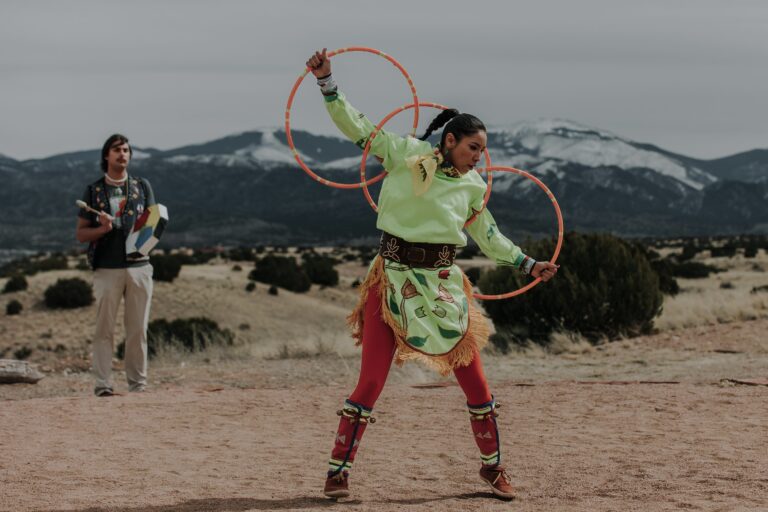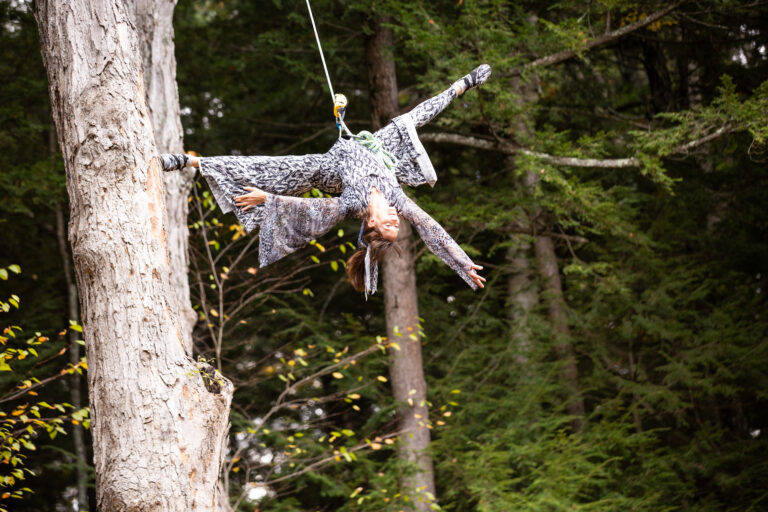
Annie-B Parson can remember her father taking her to see the ballet when she was a kid. Sitting at the very top of a tall and narrow upper house, she first thought the dancers weren’t actual people. “They were so tiny, I think I thought they were a kaleidoscope,” she says. That whimsical, singular perspective makes sense when you consider the body of work Parson has created as the co-director of Big Dance Theater, the genre-defying company she runs with her husband, actor and director Paul Lazar. At its most simplistic, it is dance theater in the truest sense of those two words: marrying dance with text, music and visual design in most productions.
For her latest creation, based on the copious diaries of 17th-century Englishman Samuel Pepys, she’s interested in both the strange and the familiar. “It’s fun to know what the Great Fire of London looked like from his perspective, but I don’t want to put that in my piece,” she says. Instead, she’s drawn to Pepys’ frank discussion of issues in his life that manage to feel surprisingly contemporary—”Things that remind me of blogging and my relationship to clothes and dance and theater and my spouse,” says Parson. 17c has its world premiere in Chapel Hill, North Carolina, November 9–10.
Her start as a choreographer in NYC “It was the ’80s, but the thing about the ’80s is that the people were brought up in the ’70s. We didn’t have careers in mind. There was no plan. I just wanted to make dances. I was like a rat in a cage. The path in my cage was: Who could I get in the room with me? Who would agree, for no money, to stand in a room with me and do what I asked them to do and experiment with these ideas I thought were really important?”
Her teaching philosophy “I’ve created huge systems of tools for choreography, to find the students’ voices. I give them very, very small assignments that are completely based in structure—almost no content at all. It’s hypergenerative teaching, where they make so many pieces of material. It came from being an art student. We would draw thousands of sketches. It’s exhausting—you throw your drawings on the floor. It wasn’t about what you draw, it was that you just keep doing it. You get better as you do it. All the people who say, ‘I want to be a choreographer’—you have to do it every day.”
On working with David Byrne “This was an unusual situation, because if you had asked me who one of my greatest inspirations was when I was young, I would say David Byrne. My artistic voice was so shaped by his. To work with him—it’s very simple for me, because I’ve been making dances in my mind for him. Your mentor doesn’t have to be in the room with you. Just like you don’t ever have to meet your guru. Balanchine’s one of my mentors. I put him in the room with me all the time. I never met him.”




